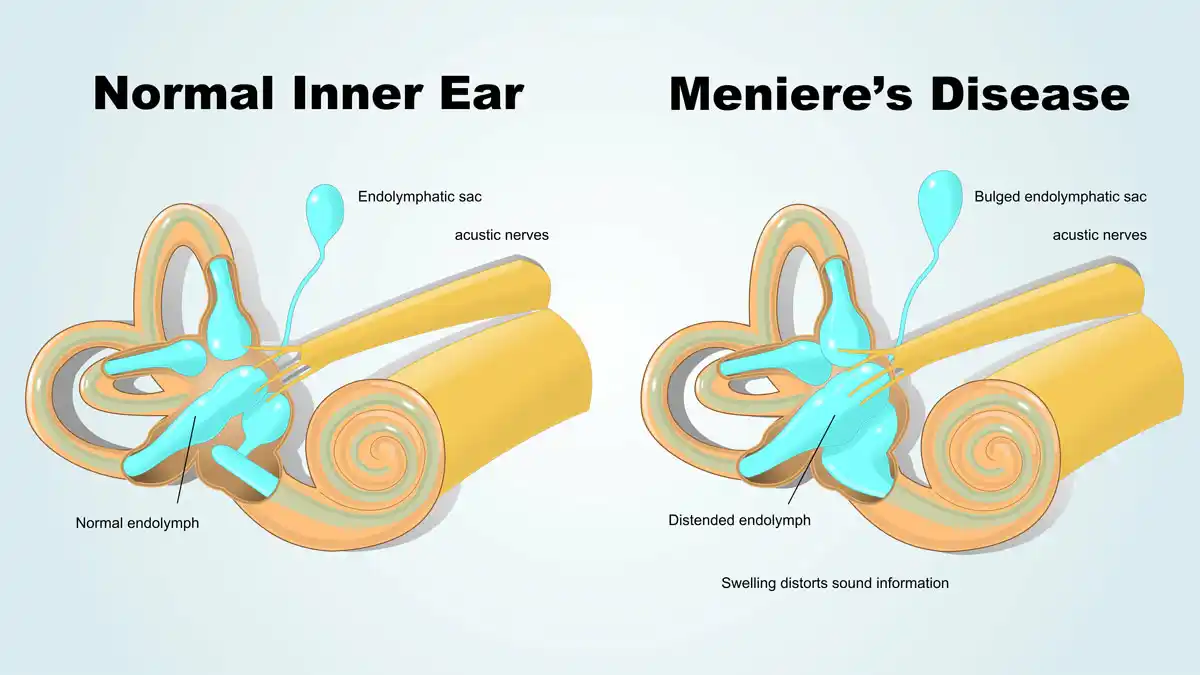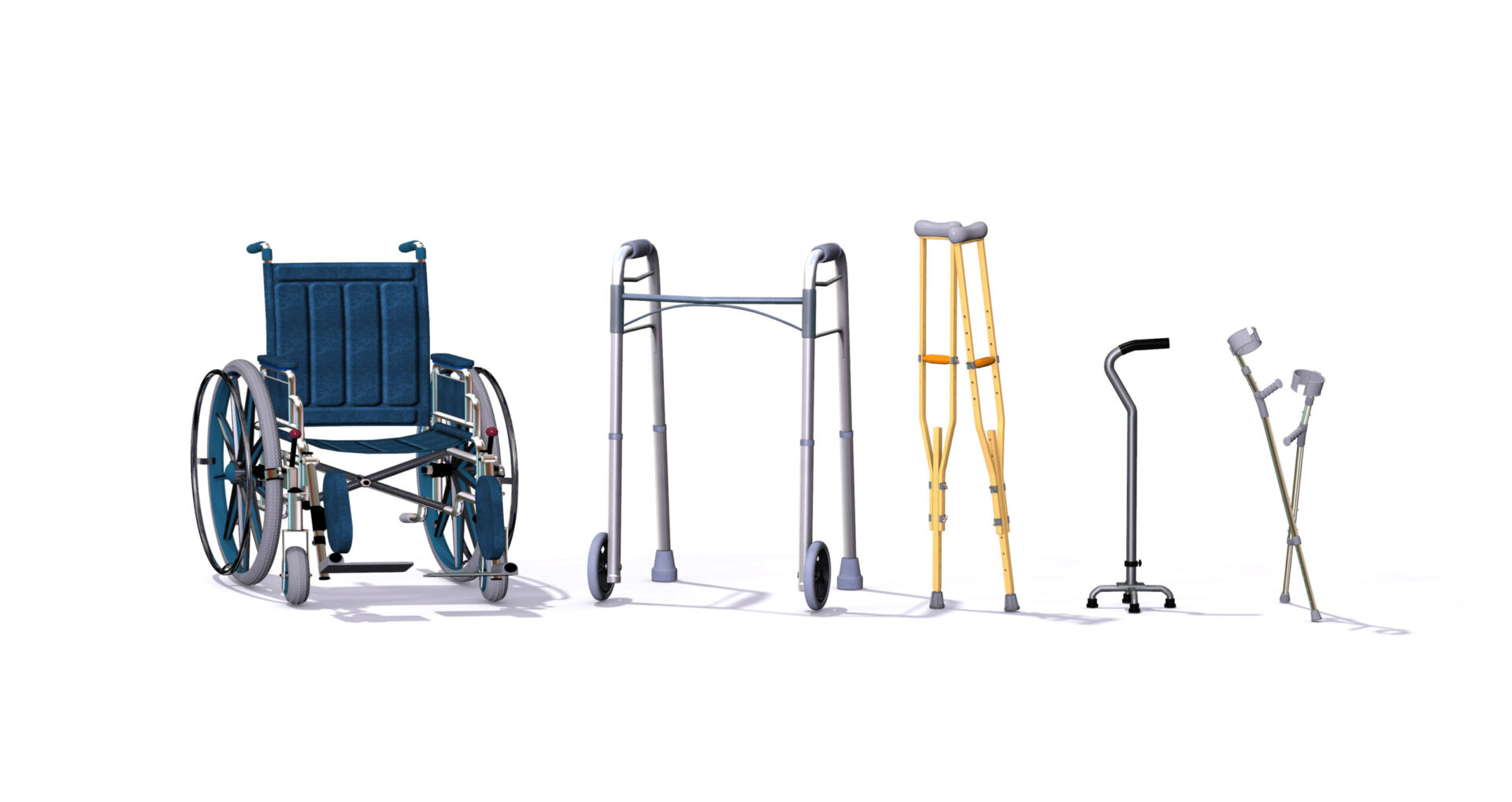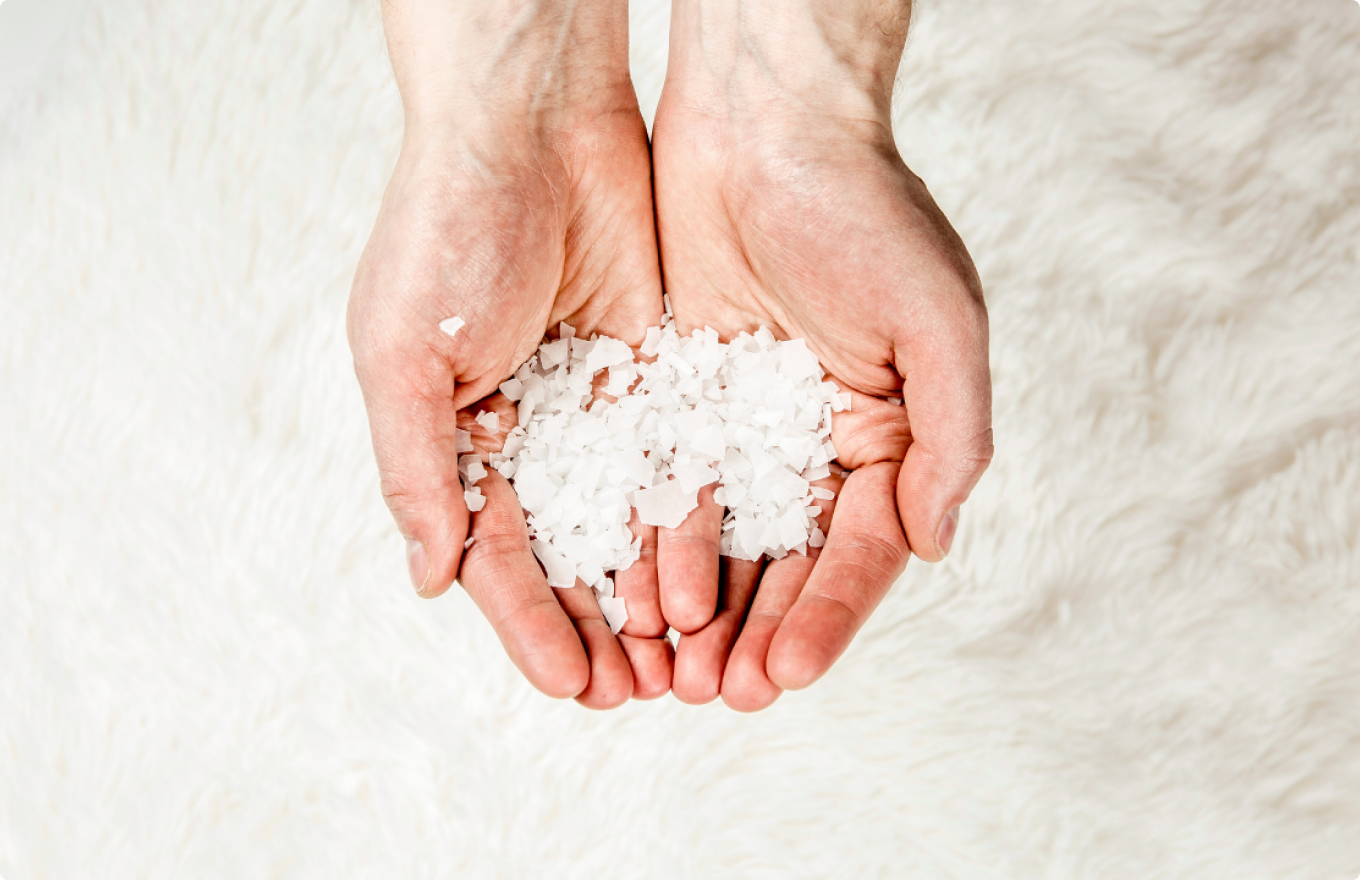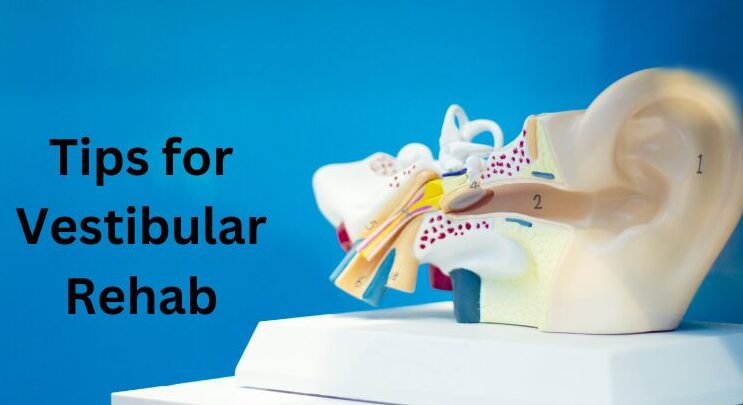Magnesium is an incredibly important supplement in our bodies, especially if we have migraine. Many studies have found that taking daily magnesium can help reduce migraine attack frequency and intensity. Typically the dose is 400-500mg/day for prevention, and then more for an acute dose if you’re trying to stave off an attack.
Types of Magnesium for Migraine
Magnesium Oxide
Magnesium oxide is the most common form of magnesium found in most stores, and if you pick up most drug store magnesium, it will likely be oxide. This is an affordable option and it’s in Class A of supplements, meaning it’s safe during pregnancy.
Magnesium Glycinate
Magnesium glycinate is the slightly less common form of magnesium, however its still easily accessible and does not cause the stomach upset that oxide does!
Magnesium Threonate
AKA CogniMag is something that many in the Vestibular Migraine community swear by for grain fog! IT’s a slightly different make up of magnesium and helps with improving cognition.
Magnesium in Foods
Many common foods are high in magnesium, and if you’d rather just try to eat enough throughout your day, you are welcome to try. The most common foods with high magnesium are beans/legumes, nuts and seeds, fiber-rich whole grains, dairy products, and many leafy greens. Although it’s entirely possible to get enough magnesium in your diet this way, it’s unlikely enough for a person with vestibular migraine, as a person with VM is typically low in magnesium, even if they eat a well-rounded diet.
Magnesium Spray
Magnesium spray is a topical form of magnesium that can help get magnesium into your bloodstream, without ingesting it orally. Because so many people are sensitive to magnesium in their gastrointestinal system, it’s not always an option to take it orally, even if you want to. A great place to start, other than your diet, are topical options! 4 sprays of this, on your skin, provides 66mg of magnesium! Although it’s a ways to get up to 400, it’s an excellent place to start!
Magnesium Lotion
Magnesium lotion, similarly to spray, is another topical option for you. This way, you won’t have gastrointestinal upset, but will still be able to increase the amount of magnesium your bloodstream absorbs. Additionally, it is a great way to practice self-massage on your neck. Take some of this cream, dab it on your neck, and rub your neck and shoulders for a neck-pain-relieving massage.
Magnesium Bath Soak
Sometimes when you are having a high pain migraine day, there’s nothing better than a warm bath. Pop this magnesium bath and foot soak in a bath of warm water and relax!
Magnesium Roller
The last option for non-oral magnesium is a roller. You can roll this anywhere on your body, it can sometimes help with sleep when put on your temples, or head pain relief!











